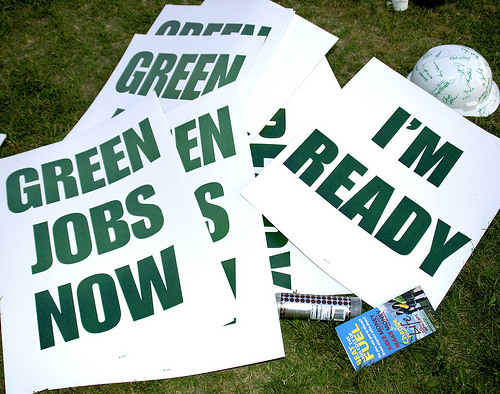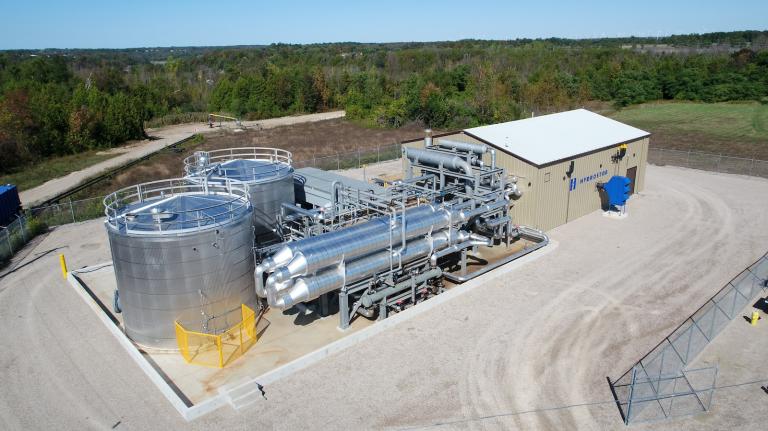In an ideal world, we wouldn’t need to justify improved biking infrastructure. Biking is fun, and faster than walking, and people should be able to safely bike if they want to. But sometimes we need compelling reasons to convince cities and states to spend money on things, and former Grister Sarah Goodyear has a really, really good one for biking: It could help kids do better in school. She wrote at Atlantic Cities about a Danish study from late last year that shows kids who bike to school also concentrate better.
The survey looked at nearly 20,000 Danish kids between the ages of 5 and 19. It found that kids who cycled or walked to school, rather than traveling by car or public transportation, performed measurably better on tasks demanding concentration, such as solving puzzles, and that the effects lasted for up to four hours after they got to school.
This makes sense on an instinctive level: On the bus or in the car, you’re staring out the window, zoning out, avoiding that annoying 3rd grader who won’t stop singing. Walking and biking, you’re out in the world, looking, processing, understanding, reacting. Your mind’s up and running by the time you get to school.
And, as Goodyear points out, parents are so obsessed with their kids’ success in school that it is bonkers that they don’t take advantage of this boost:
Many parents pay for test prep and after-school enrichment programs to make their kids more academically competitive, and go to great lengths to schedule time for those activities. Imagine if they invested those resources instead in something as simple as helping their children to travel safely from home to school on foot or by bike, arriving ready to learn.
Plus — did we mention? — biking is fun. Especially when you’re a kid and can put tassels on your handlebars.



